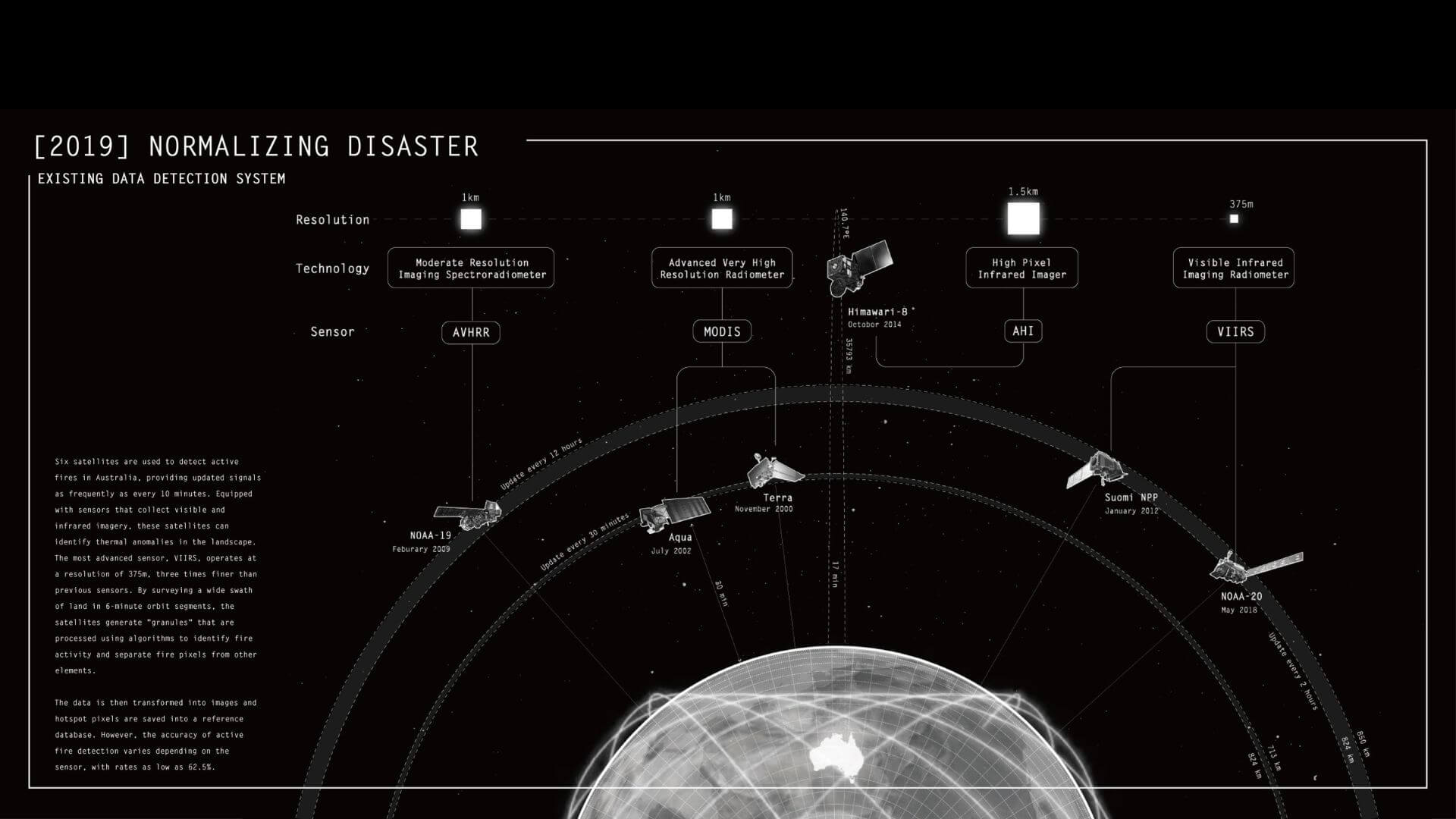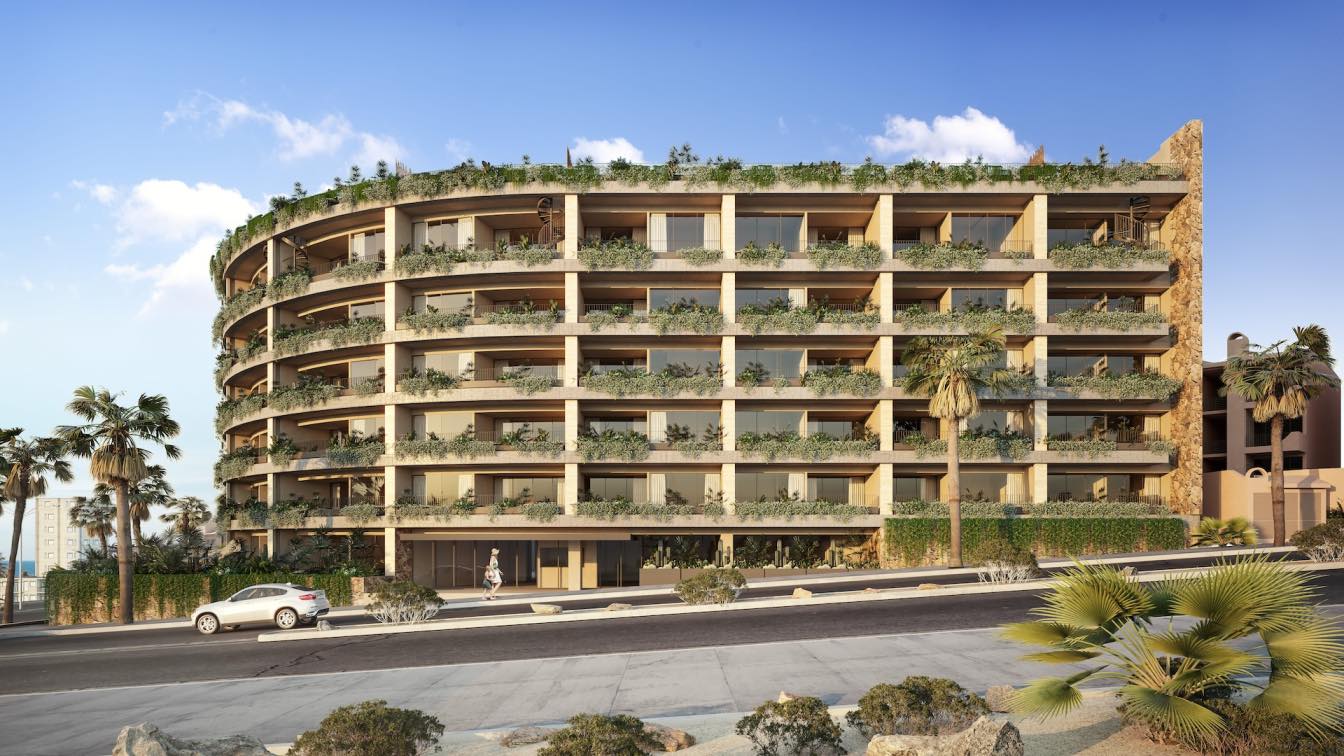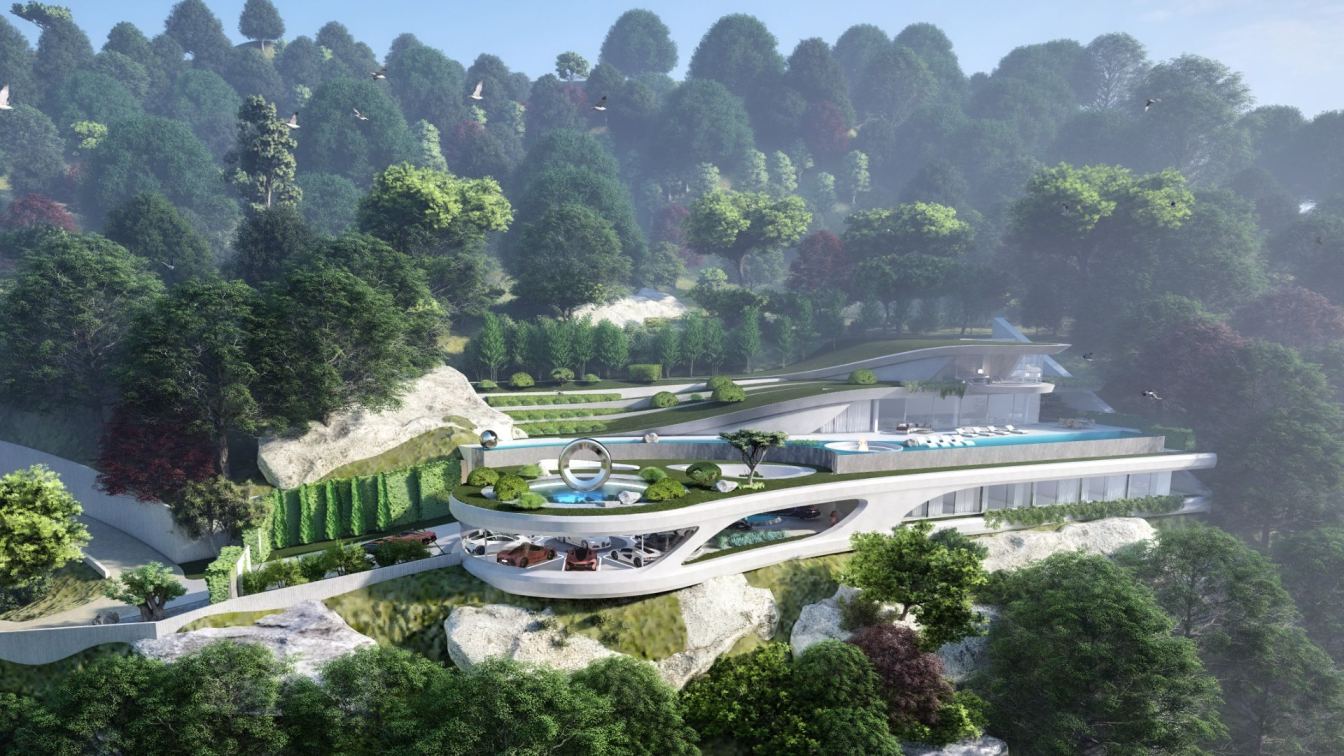As environmental systems unravel and data itself becomes politicized terrain, landscape design is facing a new imperative: to not only shape the ground, but interrogate the narratives that define it. Yuan Tian, a Los Angeles–based landscape designer at RIOS, is at the forefront of this shift—deploying speculative storytelling, digital tools, and ecological systems thinking to reframe how we engage with crisis, memory, and constructed truth.
Trained in both architecture and landscape architecture, Tian’s practice spans large-scale infrastructure reuse, brownfield transformation, and data-driven media fiction. Her work integrates technological literacy with conceptual rigor, often operating at the intersection of remediation, storytelling, and systems critique. She is part of a growing cohort of designers who reject the dichotomy between design and discourse—insisting instead that the two must evolve together.
Tian’s recent body of work explores conspiracy as method: using speculative, often absurdist narratives to probe the reliability of environmental data and the politics of climate perception. Her short film project, Black Summer Conspiracy, constructs a fictional exposé of Australia’s 2019–2020 Black Summer fires. Framed through the first-person lens of a disillusioned government researcher, the film weaves together real satellite data, public records, and digital fragments to suggest that the fires were not merely natural disasters—but deliberate acts of manipulation by governments and elites, aimed at population displacement and geopolitical land restructuring.

The project is not an attempt to validate conspiracy theories. Rather, it uses them as a design framework to expose the fragility of institutional authority and the performativity of environmental “truth.” “We used absurdity deliberately,” Tian explains. “To destabilize the narrative of inevitability surrounding climate disaster—and to provoke a deeper interrogation of the systems we trust to define it.”
The film’s cinematic vocabulary mirrors its thesis: glitchy satellite overlays, corrupted data sets, voice recordings, and urgent handheld footage mimic the aesthetics of paranoia. Viewers are cast not as passive spectators but as critical participants, prompted to scrutinize the constructedness of climate communication itself.
This speculative approach is not isolated from Tian’s built work. Her award-winning project Back on Railtransforms obsolete rail infrastructure into living systems that integrate phytoremediation, public programing, and collective memory. The project treats contaminated landscapes as archives of industrial trauma, repositioning them as civic infrastructure—both ecological and emotional. Through soil regeneration, movement patterns, and site-based storytelling, Back on Rail proposes a new typology of public space: one that performs environmental recovery while fostering collective imagination.
Both projects share a core methodology: landscape is not a passive surface to be beautified, but a site of confrontation, fiction, and systems literacy. “We are no longer designing only for form or function,” Tian notes. “We’re designing in the aftermath—navigating contested histories, unstable ecologies, and invisible systems of control.”
Her work embraces tools rarely associated with traditional landscape practice—Satellite imaging, Unreal Engine sequencing, GIS-based climate overlays—embedding speculative design within spatial research and environmental analysis. Rather than treat technology as representation, she treats it as site: a space where the public encounters alternate realities, and where designers construct future imaginaries from present data fractures.

In a media environment saturated by doom and disinformation, Tian’s approach feels both provocative and necessary. Her use of design fiction challenges the discipline to stretch beyond the aesthetics of resilience, and toward critical frameworks that make legible the underlying power structures of the climate narrative.
Her concept of landscape fiction—a hybrid of environmental design and speculative media—positions her practice within a new frontier of critical spatial engagement. By designing conspiracy, she is not promoting paranoia; she is expanding the toolkit of critical agency. As climate narratives become increasingly weaponized, her work pushes landscape architecture to confront its own role in constructing belief, bias, and systemic trust.
Tian’s landscapes are neither utopian nor dystopian. They are unresolved, unstable, and intentional. They embrace discomfort. They model how designers can operate as cultural mediators and speculative cartographers—mapping not only what exists, but what could, or should, be revealed.
Her practice is a reminder: in an age where satellite data can be both scientific tool and political theater, and where megafires can be both catastrophe and opportunity, landscape design must evolve into a medium of narrative resistance.
Yuan Tian is not designing for certainty. She is designing for rupture—for spaces that ask more than they answer, and futures that provoke more than they promise.
The film was awarded Gold at the VEGA Awards in the Sustainability & Environment category, and Silver at the NYX Awards for Social Awareness.








